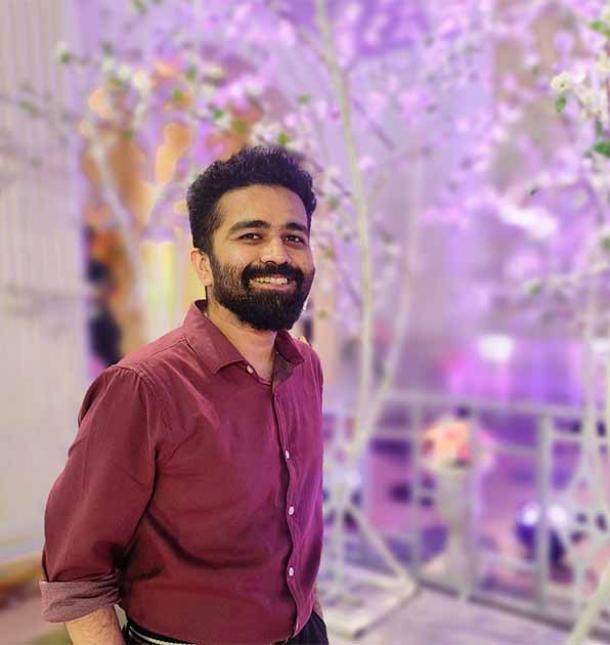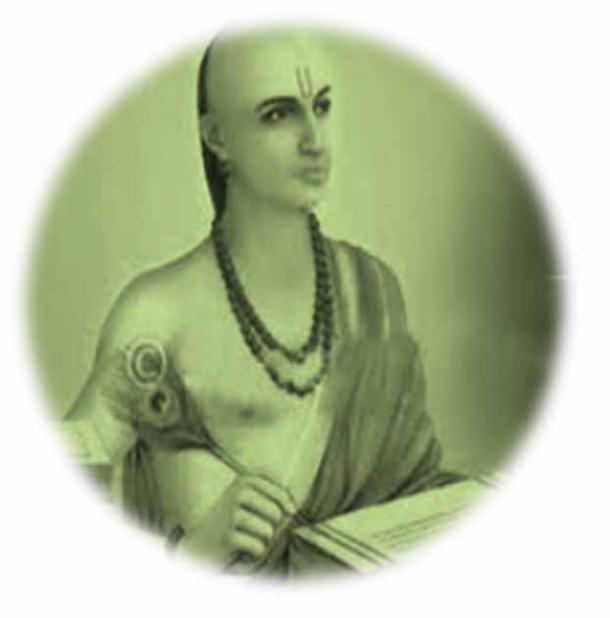2,500-Year-Old ‘Language Machine’ Is Finally Decoded
A grammatical puzzle from ancient India has baffled scholars for 2,500 years. Now, a Cambridge scientist has finally cracked the meta-code underlying the ancient ‘language machine’.
Pāṇini was a Sanskrit philologist and grammarian from what is now north-west Pakistan and south-east Afghanistan who lived between the 6th and 4th century BC. Being the very first person to organise the structure of the human language, Pāṇini is known to scholars as 'the father of linguistics'.
Around 2,500-years-ago Pāṇini created a series of secret grammatical rules which were required to use his 'language machine’ that taught the proper pronunciations of words in the ancient Sanskrit language. Now, a Cambridge researcher has decoded the rules of the ancient language machine allowing Pāṇini’s grammar to be taught the way it was intended some 2,500-years-ago.
- Aerial Ships, Nuclear Weaponry & Infinite Universes in the Sanskrit Texts
- Like Attracts Like: ETs, the Harvesting of Souls and Sanskrit Texts
The Ancient Origins Of Sanskrit
Sanskrit is a classical Indo-European language that emerged in Bronze Age South Asia. Over time it became the sacred language of Hindus by which many of India’s greatest breakthroughs in maths and science were recorded. Pāṇini’s language machine, which is regarded as one of the great intellectual achievements in history, was first published in the Aṣṭādhyāyī around 500 BC.
Now, a release from Cambridge University explains that Dr. Rishi Rajpopat from the University of Cambridge has successfully decoded a fundamental rule that was created by Pāṇini for his language machine. Dr Rajpopat's PhD thesis that was published yesterday suggests that “Pāṇini’s language machine can now be taught to computers for the first time.”
- The Curious Case of Multiple Raja Bhojas of India
- Gold, the Peacock, the Lotus Flower, and Other Sacred Indian Symbols Explained

Dr Rishi Rajpopat, whose PhD thesis cracks the remaining code of Pāṇini’s language machine (Rahil Rajpopat/Cambridge University)
Decoding The Ancient Language Machine
The language machine has “4,000 very short rules” comprising three to four words on average which “function together as a conceptual machine.” The language machine essentially “derives'' the correct formation of words by adding to their base forms. As an example, Dr Rajpopat pointed out that in English the base word 'define' is altered with the affix 'ation' producing 'definition'.
However, when combining a base word and an affix there are auditory differences in pronunciation that need to be accounted for to avoid “nonsensical words like 'define-ation' (pronounced def-ine-ey-shun),” said the researcher. Rajpopat figuring out the way to use the language machine correctly means scholars can now construct and derive “millions” of grammatically correct Sanskrit words including ‘mantra’ and ‘guru’ using Pāṇini’s language machine.

A likeness of grammarian Panini (CC BY-SA 4.0)
The Solution
Each of the 4,000 rules that makes up Pāṇini's system, that enables users produce grammatically-correct forms of Sanskrit words, has a “serial number” based on its order in the document. However, when two of these rules were applicable a situation known as 'rule conflict' occurred, so Pāṇini created a “meta-rule” to help users determine which of the two conflicting rules to use.
Dr. Rajpopat names Pāṇini’s meta-rule as '1.4.2 vipratiṣedhe paraṁ kāryam,' and explained that its actual meaning was grossly misinterpreted for 2,500 years after Katyayana, the first scholar to use Pāṇini's grammar, “misunderstood the meaning of the meta-rule.” What this means is that all subsequent scholars who have written about Pāṇini's language machine since it was devised around 2,500 years ago have used the traditional and incorrect interpretation, leading to scores of grammatically incorrect results.
Working Into “An Extraordinary” Ancient Mind
Dr. Rajpopat explained that the “incorrect” application of Pāṇini’s the metarule - “1.4.2” - when a conflict between two rules occurs, is to use the rule with a higher serial order. But this method yields “all kinds of grammatically incorrect forms,” said the researcher. He explained that for the last 2,500 years Sanskrit scholars “laboriously developed hundreds of other metarules to try and fix the system and make it work.” But it wasn’t broken.
Rajpopat said 'Pāṇini had “an extraordinary mind” and that he didn’t expect us to add new ideas to his rules. Furthermore, the more we fiddle with Pāṇini's grammar, the more it eludes us, added Rajpopat. Reinterpreting this conflict rule, the Cambridge scientist discovered the “right-hand part of the word wins” and this methodology has cracked the algorithm that runs the ancient language machine. Using Dr Rajpopat’s system, when users face conflicts they “automatically get the correct answer”.
Professor Vincenzo Vergiani from the University of Cambridge is Dr, Rajpopat’s supervisor and he, said the discovery of the correct way to address conflicts in the language machine offers “a very elegant, simple, teachable' algorithm that runs Pāṇini's grammar.” The senior scientist concluded that not only will Rajpopat’s work “revolutionise the study of Sanskrit,” but that with a little more work the ancient Sanskrit language might be taught to computers.
Top image: A page from an 18th-century copy of the Dhātupāṭha of Pāṇini (MS Add.2351) held by Cambridge University Library. Source: © Cambridge University Library/CC BY-NC 3.0
By Ashley Cowie



















